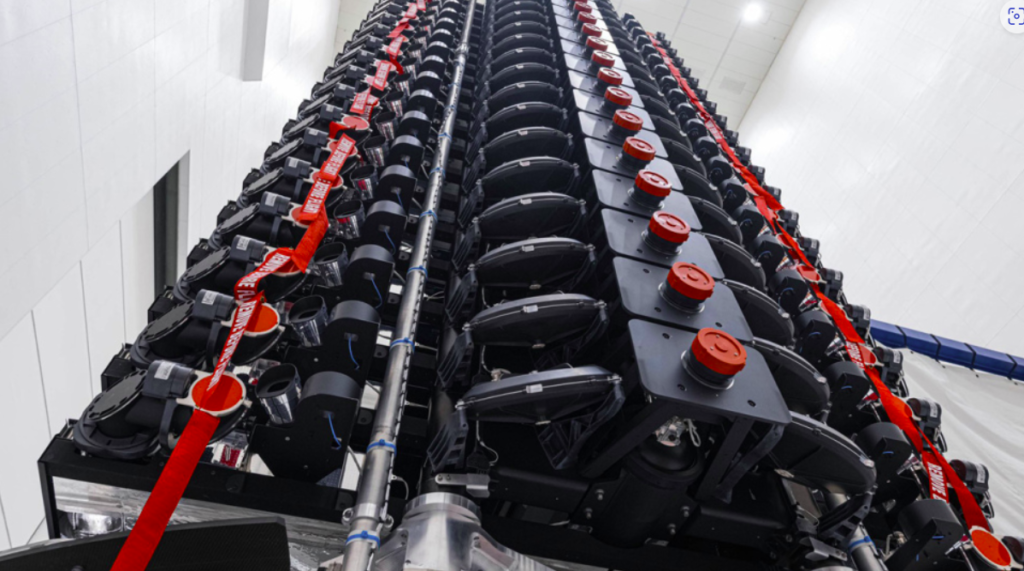

Cell phones have been connected to terrestrial antennae for all of the decades they have been in existence. Certain phones may now communicate with satellites directly to access complicated emergency communication options. More reliable satellite connectivity is what SpaceX plans for the future, which it claims will materialize in the coming year. At that point, Starlink’s initial Direct to Cell functionalities will be accessible.
Although these massive devices have been around for decades, satellite phones are nothing new. However, it looks like we could soon be able to add satellite capabilities to any cell phone. Some phones can already communicate with satellites, although they don’t have many functionality. For instance, Apple gives you the option to send a time-delayed SMS via a Globalstar partner satellite by being upfront about its “Emergency SOS” branding. Elon Musk previously hinted at a Starlink service that would first only allow SMS use before later offering full data access.
Texting will be supported when the LTE-based service launches in 2024, according to SpaceX’s recently revised satellite page. The company plans to activate satellite-based voice and data services the following year, in addition to offering connectivity for Internet of Things devices. No particular phones or accessories are needed for this service. Unmodified cell phones will be able to receive LTE signals that the satellites will shoot down to Earth.

Although it’s unclear what kind of connectivity we may anticipate, it would be wise to lower your hopes. Although it is undoubtedly possible to send an LTE signal hundreds of kilometers into space, phones are not made to project a signal that far. Real-time applications can become nearly impossible as a result. Though Musk has stated Starlink may offer 2-4 Mbps of total bandwidth in each cell zone, or around 15 square miles, the website does not list anticipated speeds. Distribute that over several users, and your data will slowly crawl. However, in places that terrestrial networks are unable to reach, even a small amount of connectivity can be extremely helpful.
In preparation for this project, SpaceX has worked with cellular carriers worldwide, including as T-Mobile in the US and KDDI in Japan. To enable the promised functionalities, the corporation will need to launch new satellites equipped with LTE antennas. Starting with the Falcon 9 rocket, it will progress to Starship when the company’s mega-rocket is prepared for commercial use. Currently, SpaceX is testing that vehicle, which has not been able to enter orbit yet.